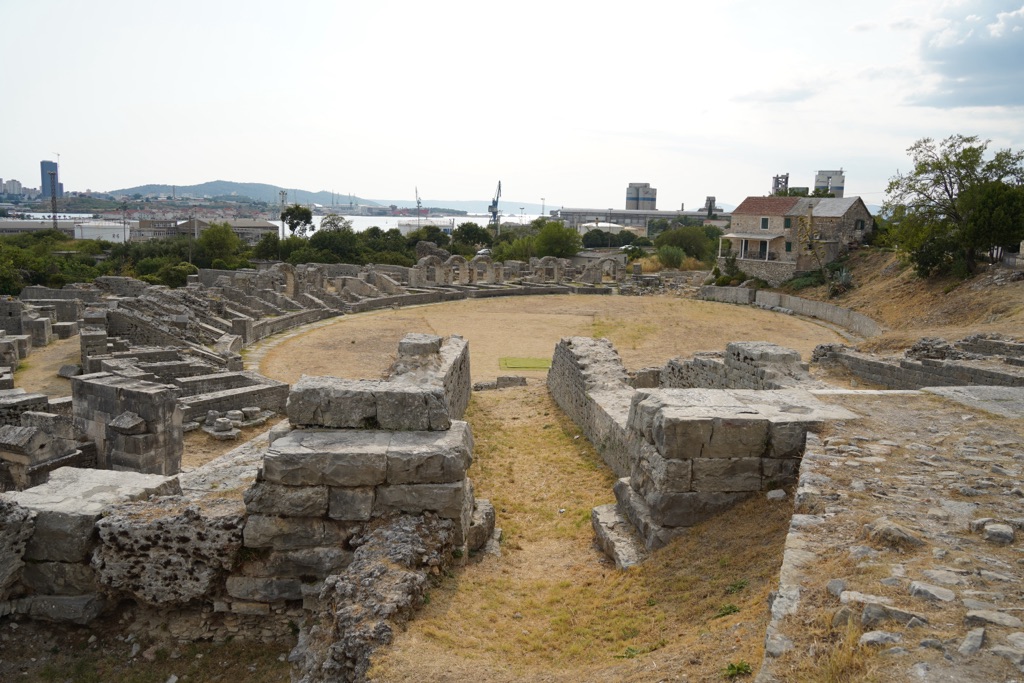Ancient Salona, once the capital of the Roman province of Dalmatia, is a treasure trove of history nestled in modern-day Croatia. This archaeological site reveals a complex tapestry of Roman urban life, complete with public baths, an amphitheater, and early Christian graveyards. Salona’s strategic location near the Adriatic Sea made it a vital trade and administrative center. Over time, it became a melting pot of cultures and a significant early Christian stronghold, until its eventual decline following Slavic invasions in the 7th century.
Ancient Civilizations
All Ancient Civilizations, Cultures and People
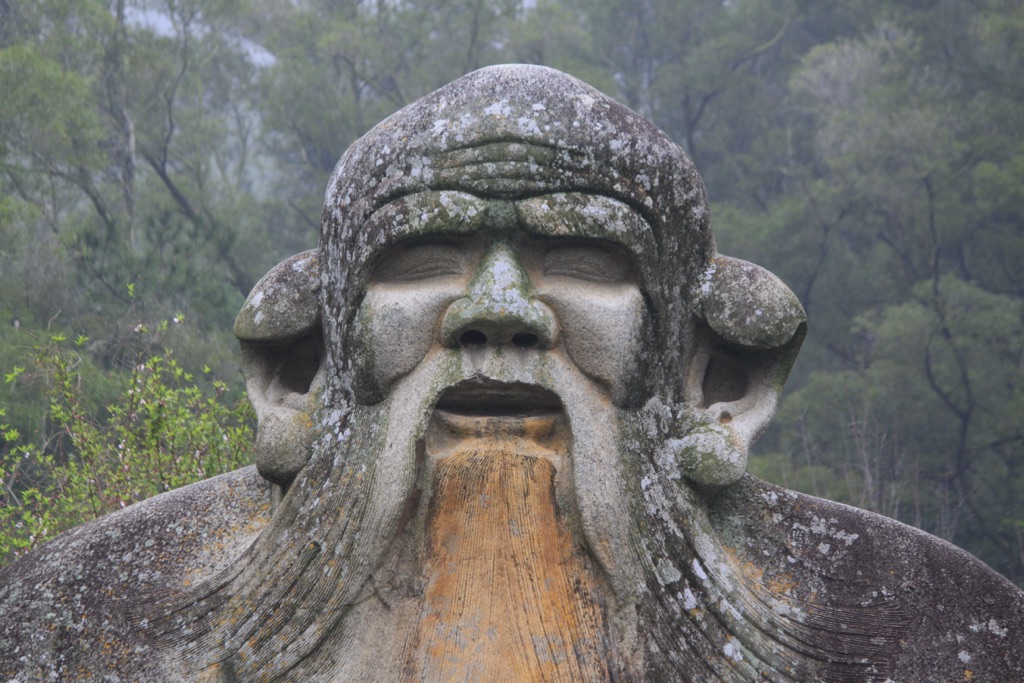
Stone statue of Laozi
Located within the geographical confines of Mount Qingyuan in Quanzhou city, Fujian province, stands a significant monument dedicated to Laozi, a central figure in Chinese philosophy and the founder of Taoism. This stone statue, attributed to the Song Dynasty, represents a monumental achievement in the realm of religious sculpture and serves as a focal point for scholarly interest due to its dimensions, historical context, and cultural significance.
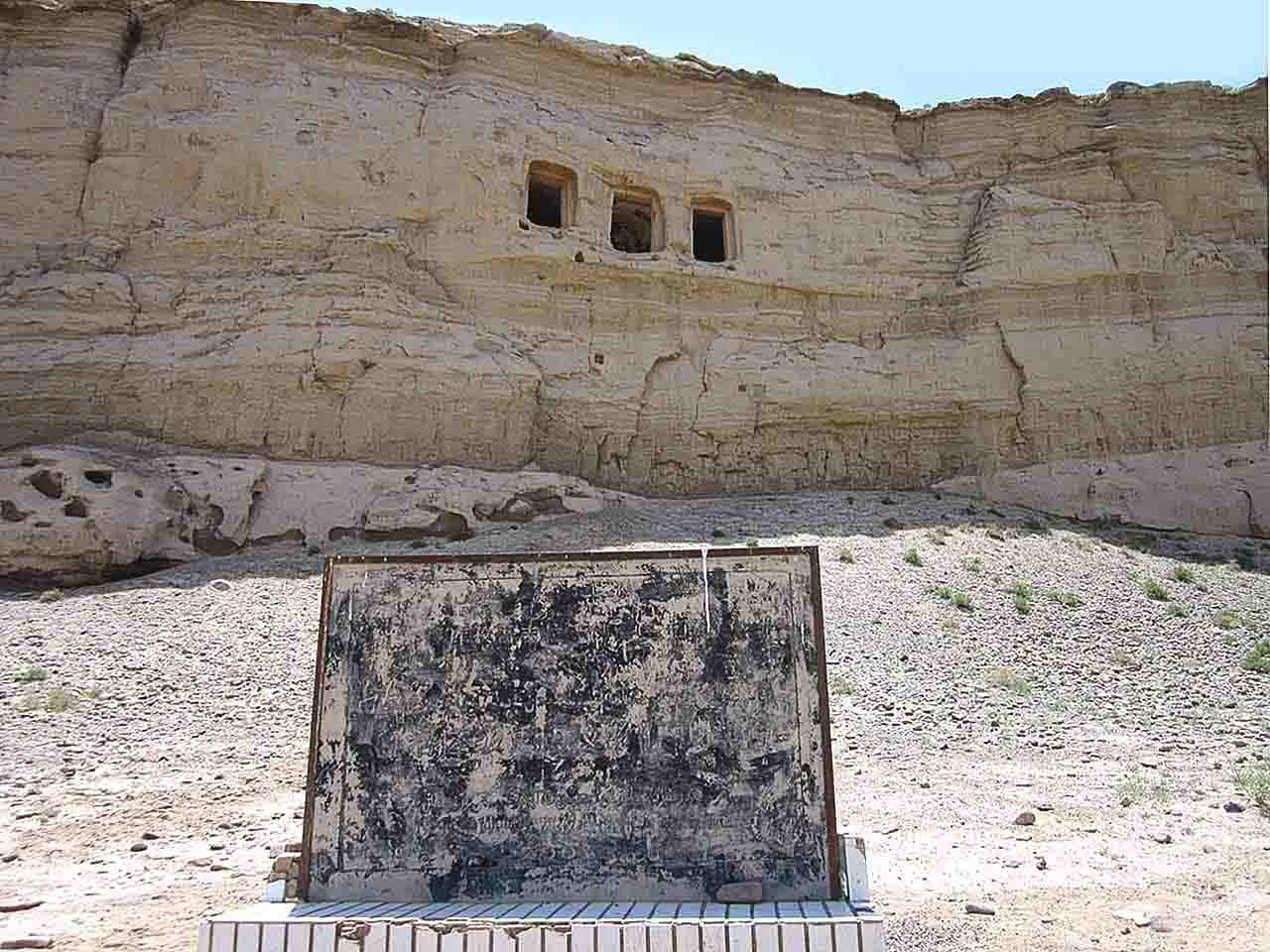
Three Immortals Buddhist Caves
The Three Immortals Buddhist Caves are a remarkable set of grottoes carved into the cliffs of Mount Xiqiao, in the Nanhai District of Foshan, Guangdong, China. These caves are a testament to the profound influence of Buddhism in the region. They are adorned with Buddhist statues and inscriptions that date back to the Tang Dynasty. The caves have drawn the attention of historians, archaeologists, and tourists alike, offering a unique glimpse into the spiritual and artistic practices of ancient China.
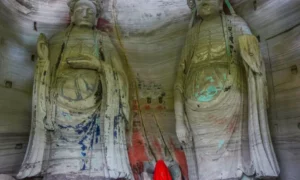
Cliff Sculptures of Mingshan Temple
The Cliff Sculptures of Mingshan Temple are a remarkable collection of ancient Buddhist rock carvings. They are located in Sichuan Province, China, and are part of the larger Dazu Rock Carvings. These sculptures date back to the 9th century and are a testament to the religious and artistic achievements of the Tang and Song dynasties. The site was inscribed as a UNESCO World Heritage Site in 1999, highlighting its cultural significance and exceptional craftsmanship.
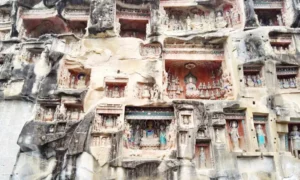
Southern Cliff Buddhist Sculptures (Nankan Grottoes)
The Southern Cliff Buddhist Sculptures, nestled in the serene landscapes of Bazhong, Sichuan, China, stand as a monumental testament to the rich tapestry of religious art and cultural exchange that flourished in ancient China. Known also as the Nankan Grottoes, this site harbors a collection of 179 carved grottos, housing nearly 2,700 painted Buddhist statues. Situated merely 1 km south of Bazhong city proper, these sculptures form an integral part of the Nankan Mountain Scenic Area, attracting scholars and tourists alike to delve into their historical and spiritual depths.
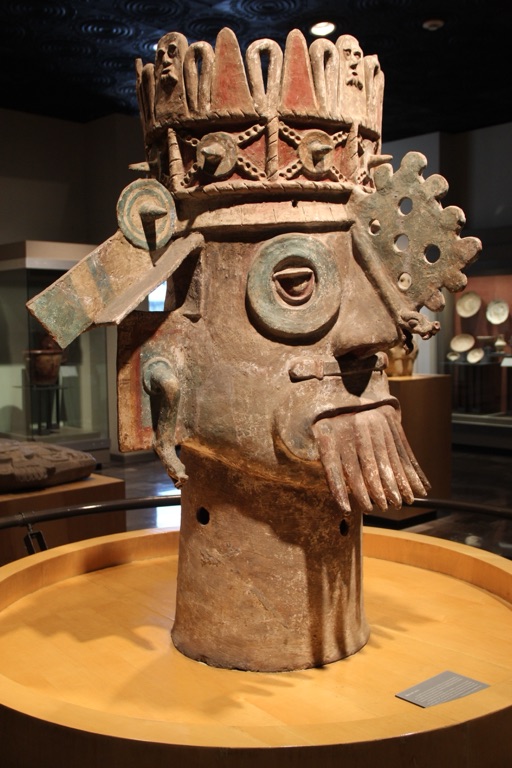
Tlaloc – The Aztec Rain God
Tlaloc, one of the most venerable deities in the Aztec pantheon, presided over the elemental domain of rain, fertility, and water. Esteemed as a life-giver and a harbinger of both prosperity and destruction, Tlaloc’s influence permeated the agricultural and daily lives of the Aztec people.

